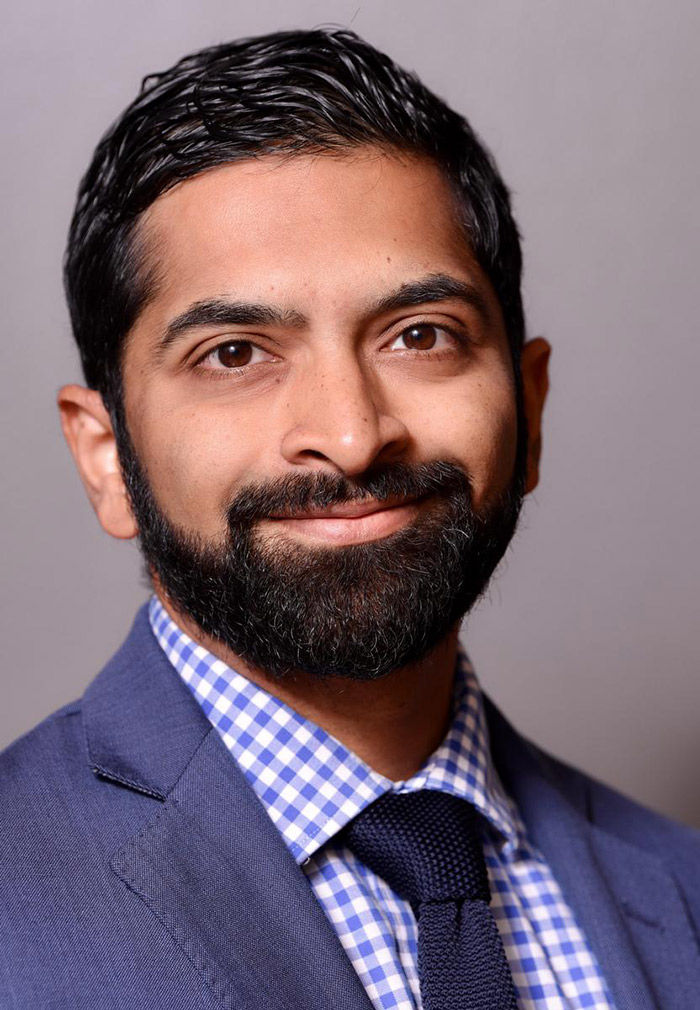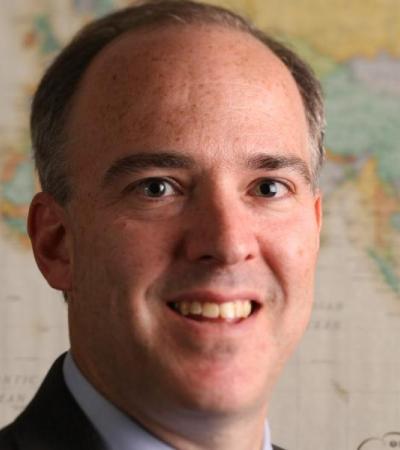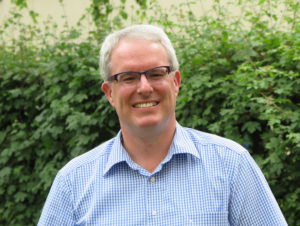In my previous post I examined some of the ways in which the Catholic Church in the Arabian Peninsula helps cultivate skills and competencies that enable its members to achieve successful economic outcomes. A second set of resources it offers could be called ideational resources — ideals, attitudes, beliefs, and values that have a long-standing, habitual nature because of their cultivation, whether intentional or unintentional, in various institutional settings.
Here, the classic example of how ideas or values contribute to economic outcomes is Weber’s argument, in The Protestant Ethic and the Spirit of Capitalism, about how certain Calvinist beliefs and anxieties about salvation led believers to relentlessly pursue economic success. Along similar lines, Boltanksi and Chiapello argue that capitalism always needs an ideology to render it attractive to the people who pursue it.
So does Catholicism provide any such beliefs or ideals or attitudes that may contribute to the economic success of its adherents in Gulf Cities? And if so, do these constitute a distinctive “Catholic ethic” of sorts? Four main themes emerged from my interviews.
The Value of Discipline
When I spoke to administrators in Catholic schools in the region about whether the education they provide truly distinguishes them from other schools, they emphasized the importance of “values” such as “honesty,” “loyalty,” and “trust.” But they tended to talk about this contribution at an abstract level. When citing specific examples of these values, they often pointed to the presence of these terms in the school motto or mission statement. One school offered an example of specific practices: each day’s morning assembly began with a presentation by one of the classes depicting such values as courage, loyalty, or honesty, through a skit, song, or poem. In general, however, administrators found it difficult to provide more specificity about how these rather generic values were either taught or embodied in any unique way in Catholic schools.
When I talked to individual professionals who were educated in Catholic schools, they often said that the only distinctive feature of the education they received was “discipline.” Most respondents who attended Catholic schools, whether in the Gulf or elsewhere, said that there was a strictness, discipline, and order in their schools that they did not think was present in other schools. Some claimed that this educational experience imparted an expectation that they should be disciplined as well as a conception of themselves as uniquely disciplined people. Moreover, they also claimed that this belief and this self-conception served them well in their work-life, especially when they inevitably had to endure long hours doing tasks that they didn’t want to do.
This widespread experience of the distinctive discipline of Catholic schools seems to resonate with some classic studies of religion serving capitalism by generating “docile” workers. However, while a sense of discipline is a quality that my Catholic interviewees believe is valued in the workplace — and one that managers among my respondents value among their subordinates as well — they were not willing to go so far as to insist that they were more disciplined than others in the workplace because of their schooling, or that it necessarily gave them a competitive advantage in the workplace.
Optimistic Perseverance
When I asked one Indian manager what factors he considered key to success as a manager, he talked about the importance of trust in various ways — his need to trust employees, the need for his employees to trust one another, and for customers to trust that the company is providing them the best quality product they can. Subsequently, I asked him whether his religious beliefs or practices contributed in any way to this emphasis on trust. He replied that they played a crucial role, particularly in sustaining his commitment to the company in the face of regular obstacles:
The main thing is I trust God to provide what I need or what the company needs. Because there are people depending on the company for their livelihood. So it’s just not my talents that matters. If God doesn’t provide, I cannot do anything. So I always trust in God that he will provide me what is required for the people. So that sense is there — I cannot let them go empty-handed.
And this trust, he said, was cultivated through the practice of daily prayer, which helped assuage his anxieties in difficult situations. In this way, many respondents articulated how faith enabled them to be persistent and maintain a high level of commitment, providing a source of strength and positive outlook in the face of challenges.
One Spanish consultant, for instance, spoke of how one morning a particularly difficult client treated him harshly and disrespectfully in front of others in the office. A colleague later came to him and said, “Bad day, huh?” He responded, “No, not really. There is more to my day than this.” His faith, he said, helped him to maintain perspective about what’s really important, to be able to acknowledge the many good things and “blessings” of each day, and not to be defined by difficult circumstances. If not for this, he said, he would have quit long ago.
Servant Leadership
A second way in which faith seems to shape ideas that participants believed to be relevant to economic success was the idea of “servant leadership,” which was evoked by people of different nationalities working in different industries. It was also evoked by people involved in different church groups.
As one respondent from the Indian movement Jesus Youth put it, it was through his involvement in church that he learned that “leadership is servant leadership. It is to serve — it is not that you are a leader so you have to be served. Servant leadership: you serve others. So that’s the way I try to build my leadership and my management.” Similarly, a woman from the Filipino movement Singles for Christ described what she had learned from being involved in her group: “The emphasis is always that the higher you go, the greater servant you become. We have a lot of teachings and mentoring that make you grounded in the fact that humility is the basis of this. And it’s not about leading, it’s about service.”
One Pakistani marketing executive said he used to carry himself with a lot of “arrogance and pride,” which “alienated people from [him].” It was after attending sessions on humility at a church group in Dubai that he realized that people had been avoiding him because he was quite obnoxious.
I learned that real leaders are also followers — [they] are those who don’t say much, but through their actions say what they say. That helped me, because then I learned that…there will always be somebody who will be a far greater expert than I am. Then when I joined my next company, I kept quiet… I did good jobs, but I didn’t boast about it. That raised [the] respect [that people had for me].
At the same time, this notion of “servant leadership” was not a unique prerogative of church groups. The same woman quoted above also said that this approach to leadership was one of the things that led her to switch departments in her company: “My current management — actually they come from that kind of a mindset as well, that is, we are here to serve people. And that’s one of the reasons I moved to this department.”
Work as Vocation
A couple of respondents articulated a third way in which religion provides ideational resources — a way that is closer to what one theologian has described as the “Catholic ethic” capable of driving capitalism. This is a sense of entrepreneurship as a vocation, a divine calling to engage in creative and innovative activity.
One respondent, an Indian entrepreneur who volunteers at the church several days a week, narrated how he left a well-paying job to start his own business in a completely different industry, primarily because he felt God was calling him to use his talent and creativity to make a difference in the world.
Now if money was the motivating factor, I would have continued in employment, right? Employment-wise, I had a situation that I couldn’t have asked for any better. I was the number-two man in an organization in Dubai. An American company where I had an American secretary. Now how many Indians can boast of that position in Dubai, right? I had check-signing authority… Virtually I was running the whole company… And then I found this talent—this unique talent that God had given me — and I felt that I must use it, for bettering myself and for making the world a better place. Today as I look back on that, I feel that I have achieved that, and I can let it grow even more and make the world a better place by ensuring that my products…will help me make the world a better place.
He is very explicit in attributing both his motivation for embarking upon his entrepreneurial endeavor as well the success he has experienced, to his religious beliefs.
I realized that these are [God’s] talents… Because the education that I had, anybody else can have. But in terms of the talent he has given us…you see when God says with him nothing is impossible…we too can do something that is virtually impossible. Jesus has told us in not so many words, right? So you believe in God, you believe in yourself, and you work towards that aim of doing his will.
Resource or Liability?
These findings suggest that, first, while Catholicism in many ways seems to provide some ideals, values, and beliefs that people say contribute to their economic success, there does not appear to be anything uniquely Catholic about these resources. There is nothing, in other words, that makes them inaccessible or unavailable to non-Catholics — whether trust in God, or the ability to not be overwhelmed by difficulties at work, or servant leadership, or the belief that God wants someone to use his or her talents to make the world a better place. Even the qualities that Michael Novak emphasizes in his argument about a “Catholic ethic” do not seem to be articulated by my respondents in any uniquely Catholic way. What is clear, however, is that Catholic institutions do provide the possibility for these beliefs or ideas to be cultivated with some regularity.
Second, from the way in which my respondents talk about the kinds of beliefs or values or ideas that sustain their commitment to their work, it appears that these resources are not simply abstract principles or ideals that are passively acquired (despite the way in which some school administrators, for instance, seem to talk about them). Rather, they are more akin to virtues — habits that need to be cultivated through practices such as prayer, reflection, and discussion. Families as well as prayer groups in church seem to be the key locations in which such ideational resources are developed. This seems to be supported by the finding that many respondents gave examples of parents or church-group members whose qualities and whose approaches to work and relationships have inspired them. Their example has given them models that they have sought to emulate.
Third, it is not clear that holding such ideals or beliefs necessarily contributes to economic success. What many of my respondents count as “success” in the workplace seems to vary. For some, it has to do with survival — trying not to get fired in a turbulent economy. For others, it has to do with maintaining one’s sense of dignity at work. For some others, it has to do with maintaining a certain quality of life in the workplace. For still others, it has to do with developing innovative products that make the world better. And pursuing these goals may at times even inhibit economic success or social mobility. Attitudes and beliefs about discipline, obedience, and perseverance, for instance, may serve one well in the position of a subordinate, but not necessarily in leadership roles. They may contribute to “survival” but not necessarily growth or mobility.
As for “servant leadership,” it may perhaps improve one’s quality of life in the workplace, and even contribute to recruitment and retention. But since its focus is on relationships rather than on organizational goals, it is plausible that subscribing to this style of leadership may at times serve as a liability for these managers.
The ideals that sustain entrepreneurship again come with a cost — for instance, the entrepreneur quoted above gave up a high-paying position in a reputed company to strike out on his own, and it took him several years before he saw any success. A few respondents narrated examples of how they rejected job-offers with a higher salaries and positions because they preferred their current work environment — the additional income and status would come with other costs they were unwilling to accept. Here, some mentioned that their current work situation allowed them the ability to maintain their commitments to church, which they would likely have to forsake if they took on more financially lucrative job opportunities. Various people similarly expressed ways in which their religious beliefs and commitments served at times as an economic liability — preventing them from moving to locations (such as Saudi Arabia), or accepting promotions that might reduce their free time, or accepting contracts that would lead to conflict with their beliefs (e.g., marketing birth control products).
Thus, it appears not only that some beliefs and ideas and attitudes fostered in Catholic settings in Gulf cities contribute to what some self-identified Catholics consider successful work outcomes. Furthermore, it also appears that their very conception of success is to some degree defined and shaped by their religious ideals and commitments.





